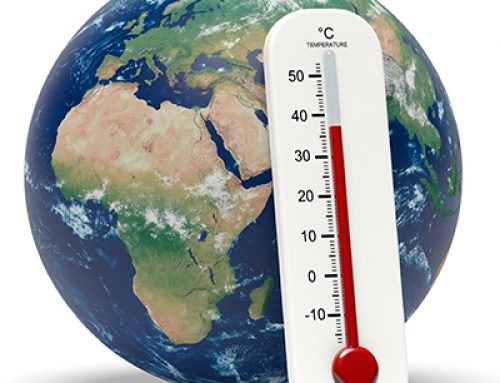ECONOMY.
DEFINITION
Precipitation is any type of hydrometeor (composed of an aggregate of aqueous or solid particles, crystallized or amorphous, that fall from a cloud or group of clouds that reaches the ground) that falls from the atmosphere and reaches the earth’s surface.
In meteorology, precipitation is any form of hydrometeor that falls from the atmosphere and reaches the earth’s surface. This phenomenon includes rain, drizzle, snow, sleet, hail, but not virga, mist or dew, which are forms of condensation and not precipitation. The amount of precipitation over a point on the earth’s surface is called rainfall, or rainfall amount. Precipitation is an important part of the hydrological cycle, bringing fresh water to the emerged part of the earth’s crust and, therefore, favoring life on our planet, both animals and plants, which require water to live. Precipitation is generated in the clouds, when they reach a saturation point; at this point the water droplets increase in size until they reach a mass in which they are precipitated by the force of gravity. Although rain is the most frequent of precipitations, the other types should not be forgotten: snowfall and hail. Each of these precipitations can in turn be classified into different types. The country with the highest rainfall is Colombia with 3,240 mm per year. The wettest place on the planet is Puerto López, in Colombia, with an annual rainfall of 12,892 mm.
PRECIPITATION MEASUREMENT
Precipitation values, to be valid, must be scientifically comparable. Precipitation is important to the pluviometer and the pluviographs, the latter are used to determine the rainfall of short duration and high intensity. These instruments must be installed in suitable places where there are no interferences from buildings, trees, or orographic elements such as elevated rocks. Rainfall is measured in mm, which would be the thickness of the sheet of water that would form, due to precipitation, on a flat and impermeable surface and which is equivalent to liters of water per square meter of land (l/m2) . Since 1960, the measurement of rain by means of meteorological radar has become increasingly popular, which are generally directly connected to mathematical models that allow determining the intensity of rain in an area and the flows in real time, in a certain section of the a river in that area.
TEMPORAL AND SPATIAL VARIATION OF PRECIPITATION
Precipitation varies according to certain temporary cycles determined by the terrestrial rotation and translation movements and by the astronomical or geographical location of the place in question. These cycles can be: daily, monthly or seasonal or in annual cycles, in fact, there are always months in which rainfall is greater than in others. For example, in San Francisco, California (United States), the months with the highest rainfall are between November and March, while in Miami, Florida the months with the highest rainfall are from May to October. In order to be able to correctly evaluate the objective characteristics of the climate, in which precipitation, and especially rain, plays a very important role, monthly precipitation must have been observed for a period of at least 20 to 30 years, which is calls a long observation period. The seasonal variation of precipitation, especially rain, defines the hydrological year. This begins in the month following the month with the lowest long-term average precipitation. For example, in San Francisco, the hydrological year begins in August, while in Miami it begins in January.
The spatial distribution of precipitation on the continents is very varied, thus there are extensive areas such as deserts, where precipitation is extremely scarce, of the order of 0 to 200 mm of precipitation per year. In the deserts, the average annual rainfall is barely a few mm, while in the areas near the Gulf of Darién between Colombia and Panama, the annual rainfall is greater than 3,000 mm, with a maximum of about 10 meters (10,000 mm). The Atacama Desert in northern Chile is the driest area of all the continents. The orography strongly influences rainfall. An elevation of the land very often causes a local increase in precipitation, by causing the rise of air masses saturated with water vapor (orographic rain).





